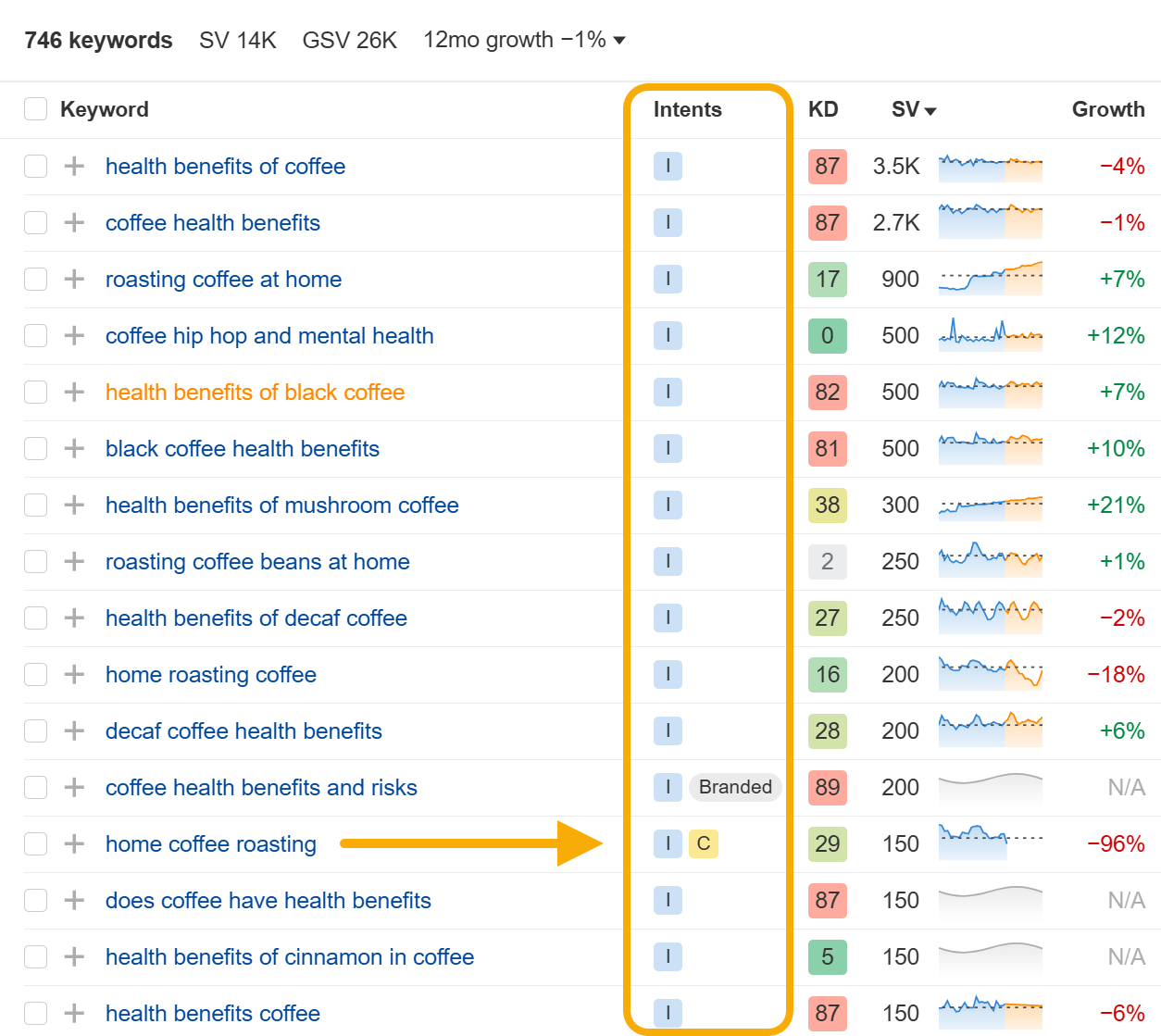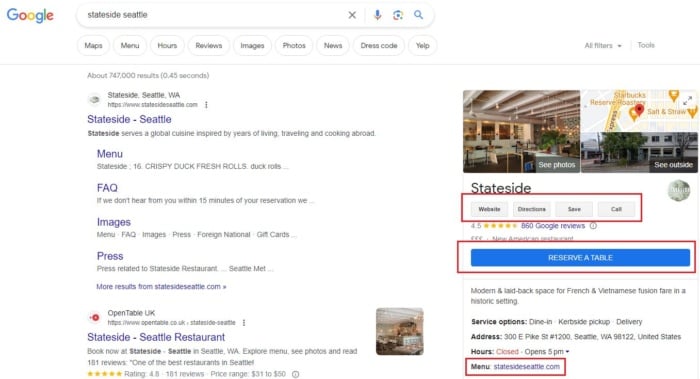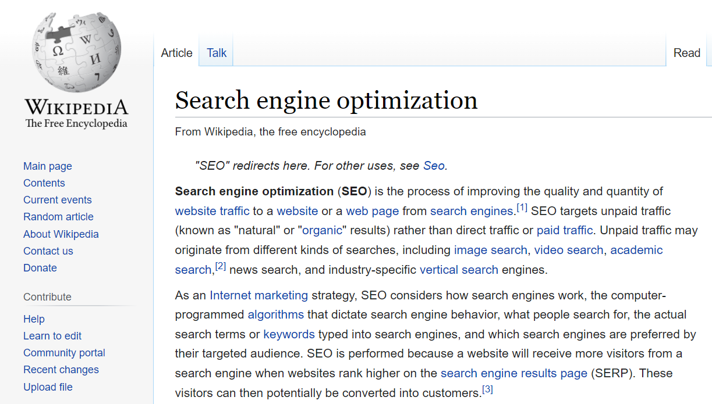Your website has a unique and attractive design, but you are concerned that visitors aren’t converting into customers. You’re spending time and money to make it attractive for the audience, but no visitors come to your landing page or convert into loyal customers.
Here, you are missing one essential factor: landing page SEO. A landing page is not only the place where visitors come, but it is also the heart of the marketing funnel. The first page of business is the first impression on the visitor, telling them what type of business you have.
Optimising the landing page is crucial for the website’s growth, enabling it to rank higher on Google and attract visitors who can easily purchase products, subscribe to newsletters, or access services, depending on the business offer.
If you’re facing the problem of website growth and are unsure about the solution, it’s landing page SEO. Here, I have explained in detail what a landing page SEO is, why it is necessary for a website’s growth, and explained the core SEO elements that you include on the landing page to attract customers for long-term success.
This guide helps small business owners and solopreneurs convert their leads and clicks into conversions and organic traffic.
What is Landing Page SEO?
A landing page is the first interface a visitor sees when they open a website. An attractive UX design with excellent graphics is attractive. In simple terms, Landing page SEO means optimizing the first page of a website so that it easily ranks on Google, attracting traffic and converting it into customers. Apply the best SEO strategy to the landing page, which drives results in the form of product purchases or consultation bookings.
Here, a question arises in your mind: Landing page SEO is the same as On-page SEO. The answer is yes, and also no. A landing page differs from On-page SEO, which applies to the entire website, including the blog, contact us page, and homepage. A landing page, however, is the page where we promote our product list, a particular service, and encourage users to subscribe to our newsletter. The intent of a landing page depends on your business promotion. It is the goal-oriented page that matters most when it comes to conversion and ROI.
A landing page differs from other webpages in structure and intent. A well-optimised landing page is highly aligned with user intent, specific keywords, and a call to action. It features a clean and compelling layout with a clear purpose, a strong call to action, and an offer that is uncluttered, allowing the user to take action easily.
A highly optimized landing page improves search engine visibility and keeps the audience engaged, ready to take the next step.
Why is a Landing Page Essential for Business Growth?
A landing page is your digital storefront. If the front is not visible to your customer, it doesn’t matter how beautiful your website is; if your landing page isn’t working well, it’s a problem. You’re likely missing out on organic traffic, sales, and leads.

A statistic found at dev, which states that “business sites with 5 -10 landing pages generate 55% more conversions than those with fewer than 10 pages.”
1. Builds for Actions
In contrast to your homepage or blog, landing pages focus on laser-level precision on one thing only: converting visitors. Landing pages can be used to persuade someone to complete a form, download a file, or make a purchase, and they are designed to direct users towards a specific goal. When those pages are optimised well, they not only attract more people but also the right ones.
2. Help to Rank for High Search-Intent
Smart landing page SEO ensures that your site ranks highly for highly intent-specific keywords. Consider a landing page example: if someone searches for “affordable website design for small business,” and your landing page is optimised for that phrase, you’ll likely get a higher position in the search results, increasing the chances of conversion. Such an exposure is revolutionary to small companies and online marketers.
3. Empower Your Sales Funnel
The potential consumer is likely to have their first authentic contact with the brand when landing on the pages. When they are well-optimised, they will not only attract attention but will also increase trust, provide value, and escort users through your sales funnel effectively.
4. Enhance Ads Performance
Landing page SEO can be important even when you are running paid ads. Why? The fact that SEO-optimised landing pages are usually faster to load, are generally more mobile-friendly and less wordy, and increase your Google Ads Quality Score and decrease your Cost Per Click.
To put it simply, land pages are the place where you grow. However, they are not static web pages; when done correctly, they become dynamic tools that run 24 hours a Day, 7 days a week, to generate leads and drive results.
How Landing Page SEO Increases Website Growth?
Landing Page SEO brings the right people to your website and converts them into customers. Let’s break down how it drives website growth in further detail.
1. Organic Traffic = More Eyes on your Offer
When you have optimised your landing page well with relevant keywords, it is easier to be found and indexed by search engines. This means you will be better positioned to appear in search results when prospective customers look for information about the solutions your business offers. In the long run, this will increase your organic traffic, as you won’t have to pay for ads.
An example is a digital marketer who optimizes a landing page and targets a keyword such as “email marketing service for ecommerce” and achieves a top ranking under the exact search, generating qualified leads.
2. The Improved User Experience = Reduced Bounces
User behavior is closely monitored by search engines like Google. When individuals visit your page and bounce quickly, it’s an indication that something is wrong. However, an SEO-friendly landing page structure that features a clear headline, helpful content, and a meaningful CTA helps users stay on it.
Hint: Mobile-friendly design, fast loading, and clean design all help in user experience as well as in SEO.
3. More Relevance = More Conversions
Users, once they find what they want according to their search intent in your content, are likely to stay longer and take action. SEO enables you to optimise the landing page to appear in line with what people are seeking, resulting in improved conversion rates. Match your content, CTR, and keywords with the user search intent.
Consider this: When a person searches for a query like “Best SEO Audit Tools” and finds a page that details the exact query, they are more likely to convert.
4. LongTerm-Value= Sustainable Growth
Unlike ads that halt immediately when you cease to pay, landing page SEO continues to gain momentum over Time. And you can use updates and optimisation to have pages ranking and working for months (even years) after they were created. It implies more consistent traffic and sound growth of the websites.
5. SEO Insights Help to Improve Over Time
There are various tools available on the market to assess a website’s performance. Use Google Search Console, Hotjar, and Semrush to monitor the position and performance of the landing page. What keyword are you ranking for? Where are users dropping off? These insights help you to refine and improve your SEO strategy for even better results.
Core SEO Elements Every Landing Page Must Have
To turn a landing page into a high-performance and traffic-generating machine, you need to add catchy headlines, attractive visuals, and a Strong Call-to-Action that persuades the customer to buy the product or subscribe to the newsletter. You need to incorporate SEO best practices into your mind before starting to optimise the landing page. The landing page is optimized for search engines and written to appeal to both the audience and win.
Let’s examine the SEO elements in the landing page to boost sales.
1. Keyword Optimisation Based on Search Intent

Keyword optimisation in the content is crucial because it tells the search engine what the main point of the content is. However, do not use it if you only use it in a rough manner, as this may make the content appear unnatural and user-unfriendly. There are many types of keywords.
- Primary keyword such as “Landing Page SEO“
- Secondary keywords like “SEO for Landing Page“
- LSI keywords: “Optimise for landing page“, “SEO landing page Tips“
- NLP keywords: “how to grow website“, “improve landing page traffic“
Use the keyword in the first 100 words of content, meta description, meta tags, URL SLUNG, Page titles, and in headings H1, H2, and H3. Remember essential things: write for the audience, not for the robots. Optimize the keywords and content for search engines. Search related phrases of the primary keywords and use them in content because one piece of content can rank for multiple keywords.
Begin by searching for the keyword with intent. The question to ask is: Is my visitor seeking to buy, learn, compare, or act?
Informational purpose: Enter such keywords as” Local SEO service by any brand” or landing page optimisation.
Commercial intent: User is actively seeking the specific brand or service, such as “Local seo service”.
Location-based intent: Search term geo-targeting. For example, “Local SEO services near me”. Generally, a user’s transactional intent is to complete an action.
Pro Tip: Consider variations in semantics, such as optimising landing pages, SEO lead generation, and conversion-oriented SEO. Ranking is not enough; match the user’s objective.
2. Clear and Intensive Page Format

An overcrowded landing page confuses both people and search engines, failing to rank and generate traffic.
So, make it clean:
- One point convergent value proposition
- a single powerful headline (H1) and then H2s and H3s as a backup
- Maintaining minimal distractions, no unnecessary navigation or links.
- Add Hook, Pros, Social Proof, and CTA
Such a layout makes it easier for search engines to crawl, increases user experience, and helps visitors follow your objective.
3. Clear and Actionable CTR

When your landing page cannot provide a prominent CTA, that means it is not performing well.
- Put your CTA in the viewable portion of the page.
- Make them power words: “Download your Free Guide, Get Your Quote, Start My Audit“
- Make it predictable- there should be no competing CTAs
- The value of your offer is close to the button
Powerful CTAs can decrease the bounce rate and improve conversion rates on their own, which ultimately translates to increased SEO effectiveness.
4. Performance-Enabling Technical SEO

Technically, your landing page ought to be good behind the scenes. Here’s how:
- Set an SSL certificate on the website to ensure user security.
- High loading speed optimised for pictures.
- Mobile friendliness is crucial because a significant portion of traffic comes from mobile phones.
- Add schema markup, such as LocalBusiness, FAQ, or Reviews.
- Align with your XML sitemap and test using Google Search Console.
These technical factors help you enhance crawlability, user experience, and ranking potential.
5. Optimised for Local SEO (if applicable)

If you are targeting local customers, then local SEO should be integrated into the landing page.
- Use your city/region in the page title, headings, and body content
- Put a Google Map showing your business location
- Insert NAP information (Name, Essie Street, Phone).
- Implement Location-Based Schema Markup
This saves your page to compete with other websites in local search results and Google Maps — ideal for small enterprises serving a targeted location.
6. Internal Linking & Clear Navigation

Even if your landing page should remain task-oriented, it can complement the organisation of your site by using intelligent linking:
- Link to a webpage featuring a remark-up blog, videos, or FAQs.
- Keep the navigation uncluttered so it will not be so annoying to users
- Use a relevant keyword in the Anchor text to make it look natural.
- Parallelly, Internal links provide an element of SEO flow, whilst also attracting and keeping users occupied, with relevance to search engines.
If your core SEO factors—solid intent-driven keywords, a well-structured page, tidy code, and content that’s SEO-optimised—are in place, your landing page isn’t just another page…it becomes a growth engine for your site.
Conclusion
This article explains the role of Landing Page SEO for website growth. I discussed in detail how Landing page SEO drives website growth. SEO for a landing page is crucial for driving product sales and conversions. Focus on core SEO elements, optimize keywords for search intent, and ensure technical SEO for mobile responsiveness.
Utilize local SEO for landing pages and implement straightforward navigation with substantial CTR to convert readers into customers. Research the user’s search intent and apply it to the landing page to drive more traffic, increase conversions, reduce bounce rate, and achieve sustainable growth.




